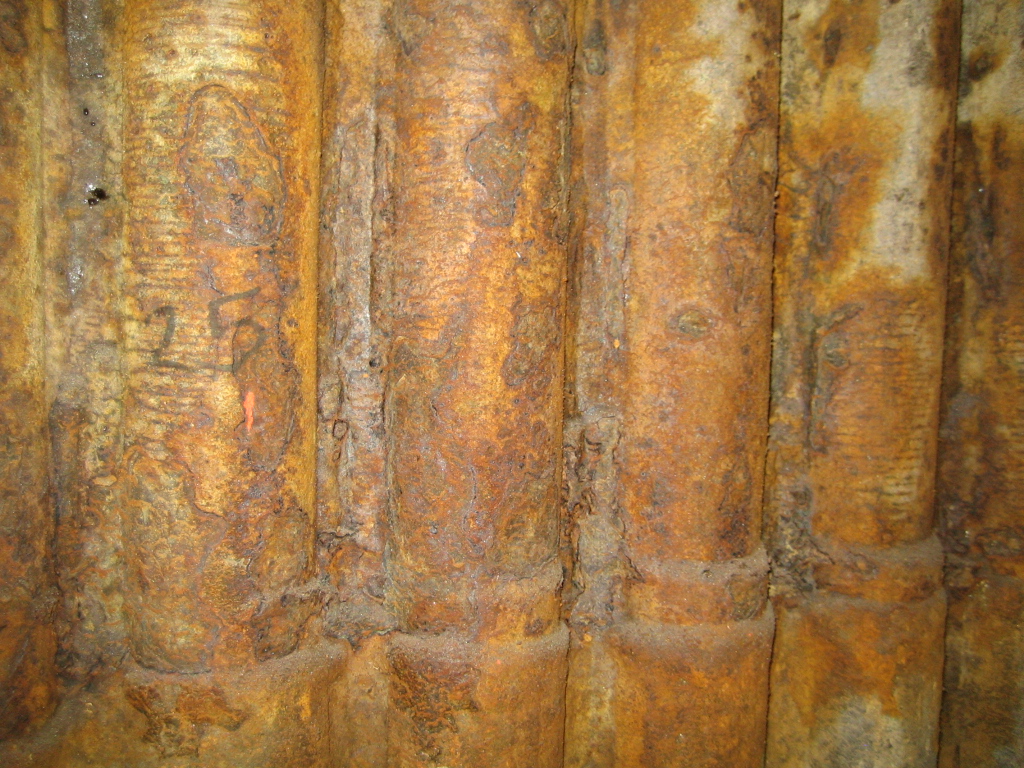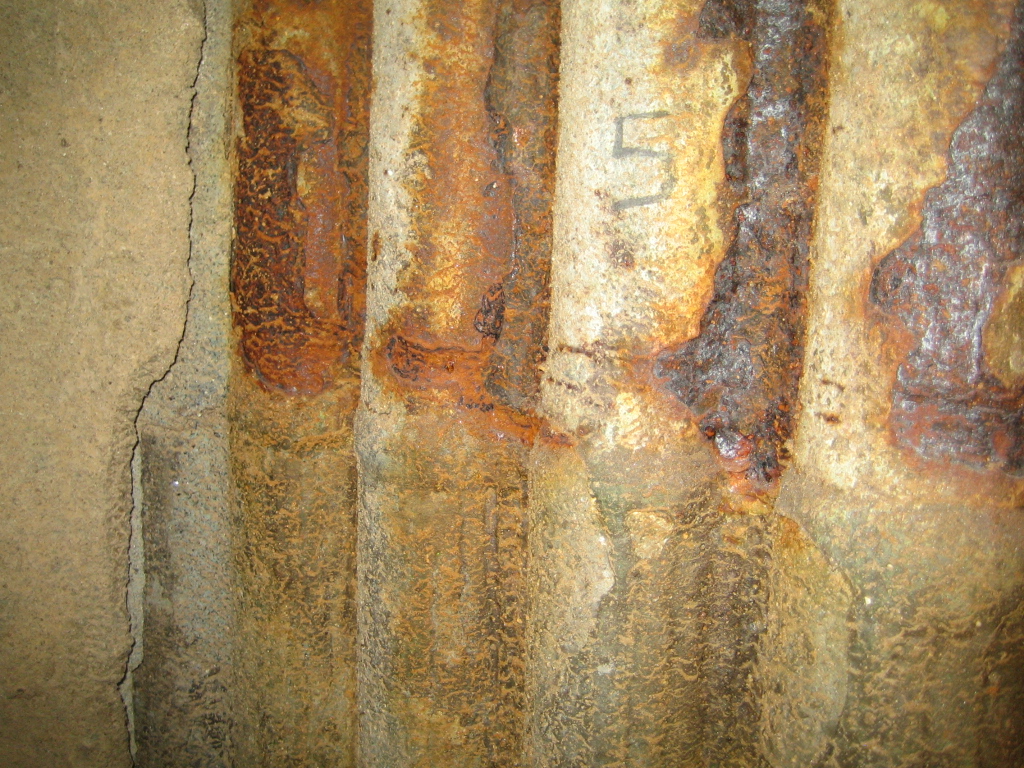 Corrosion and Erosion are major concerns for all Waste-to-Energy and Biomass facilities. Highly corrosive operating environments present maintenance challenges which, if left untreated, can lead to costly asset failures and unplanned outages.
Corrosion and Erosion are major concerns for all Waste-to-Energy and Biomass facilities. Highly corrosive operating environments present maintenance challenges which, if left untreated, can lead to costly asset failures and unplanned outages.
WtEBoiler Corrosion Mechanisms

Most corrosion protection mechanisms consist of generating a corrosion barrier on the base metal by forming an oxide layer. The challenge inside WtE boilers is that this layer is quickly eroded forcing the formation of another layer and consequently leading to the erosion-corrosion phenomenon. Erosion-corrosion thinning can happen quickly when harsh conditions are combined with soft or poor erosion resistance materials.
WtE Boiler Corrosion and Erosion Protection
Refractory protection is the first defense against corrosive flue gases and can also have excellent erosion properties but has limited heat exchange properties as the thermal efficiency is low. Refractory alloys can be used, but due to the excessive material costs and limited erosion resistance, the implementation of the surface protection layer is often a more cost-effective solution.
The use of thin ceramic coatings seems like an attractive approach; however, the thermal expansion mismatch and the fragility of such coatings make this solution unreliable. The coatings tend to crack, and corrosion can develop underneath the protective layer which can then peel off.
Corrosion-resistant HVTS Metal Spray Coatings
Integrated Global Services (IGS) has successfully developed a High Velocity Thermal Spray (HVTS) coating which has provided protection in boiler corrosion applications for decades. HVTS has been designed to apply a metal layer with very low porosity and sealability to better protect the base metal in high corrosion environments. This technology allows the use of solid or cored wire, enabling easy material modification compared to technologies depending on the market available solid wire. Since the process does not generate any dilution with the base metal, the quality of the coating remains uncompromised.
In boiler applications, HVTS has been successfully applied under refractory tiles to protect boiler tubes from leaks and asset failure.
Case Study #1: HVTS Cladding Under Refractory Protects Boiler Tubes from Corrosionat Waste-to-Energy Plant
Introduction
A Waste-to-Energy (WtE) plant in Italy consists of two 35.7 MW combustion lines, that can supply nominal electric power of 22.25 MW and thermal power of 43.5 MW.
The plant was suffering from corrosion and erosion behind the refractory tiles which was causing damage to the boiler tubes. HVTS was chosen to prevent costly unexpected leaks in the boiler.
The Solution
In September 2021, HVTS was applied to the first pass (behind the refractory) of the boiler. The total area that was cladded was approximately 100m2 with a nominal cladding thickness of 500μm. The application was completed within just four days and without any technical concessions or deviations. The project was also completed in accordance with ISO: 8503-1 (preparation of steel substrates before application of paints and related products).
HVTS was chosen as it is a proven technology which stops corrosion of the base metal. Thus, refractory contacts the tube sheet and is cooled as designed. Functioning to design conditions, fouling build-up on the refractory is mitigated.
The Inspection
An inspection took place in September 2022. The results showed that the coated areas were in excellent condition and do not have anomalies or any other visible damage 13 months after the installation of HVTS. There was also no accumulation of slag or ash on the affected area.
The condition of the overlying tiles was also evaluated and showed that the refractory was totally intact and in good condition which is an indication that the underlying cladding and the coated pegs are still in good condition.
The HVTS thickness values were recorded with an elcometer and were found to comply with IGS specifications.
The report states, “the refractory and HVTS are in perfect condition and have no major defects”.
Case Study #2: HVTS Cladding and New Refractory Protects Boiler Tubes at Biomass Plant
Introduction
A biomass plant in southern Italy converts wine residue and other greener locally sourced deposits to steam to produce electricity. The plant operates a large boiler and refractory tiles regularly fall off during operation, exposing the boiler tubes. When boiler tubes are exposed, they are susceptible to corrosion which eventually leads to tube leaks and asset failure, which can be costly.
The Solution - Cladding and Refractory
HVTS Metal Alloy Cladding
Integrated Global Services (IGS) High Velocity Thermal Spray (HVTS) metal alloy cladding was applied behind the tiles to protect the tubes if the refractory became damaged allowing flue gas to enter the boiler tubes.
A two-meter band at the top of the refractory area was removed in the boiler’s first pass. New hangers were then welded before the application of the HVTS cladding. As a result, IGS’ HVTS protects both the tubes and the tile hangers, with the latter commonly being the source of refractory failure.
IGS worked in conjunction with COREF Engineering, which then installed the new refractory. The cladding is half a millimeter thick with a smooth surface which meant that the same tiles could be installed without any design modifications or other challenges.
The Inspection
After two years in service, a visual inspection of the cladding and refractory was performed. The IGS HVTS cladding was found to be in very good condition and is expected to greatly extend the life of the boiler.
This article also featured in the December/Jan issue below




